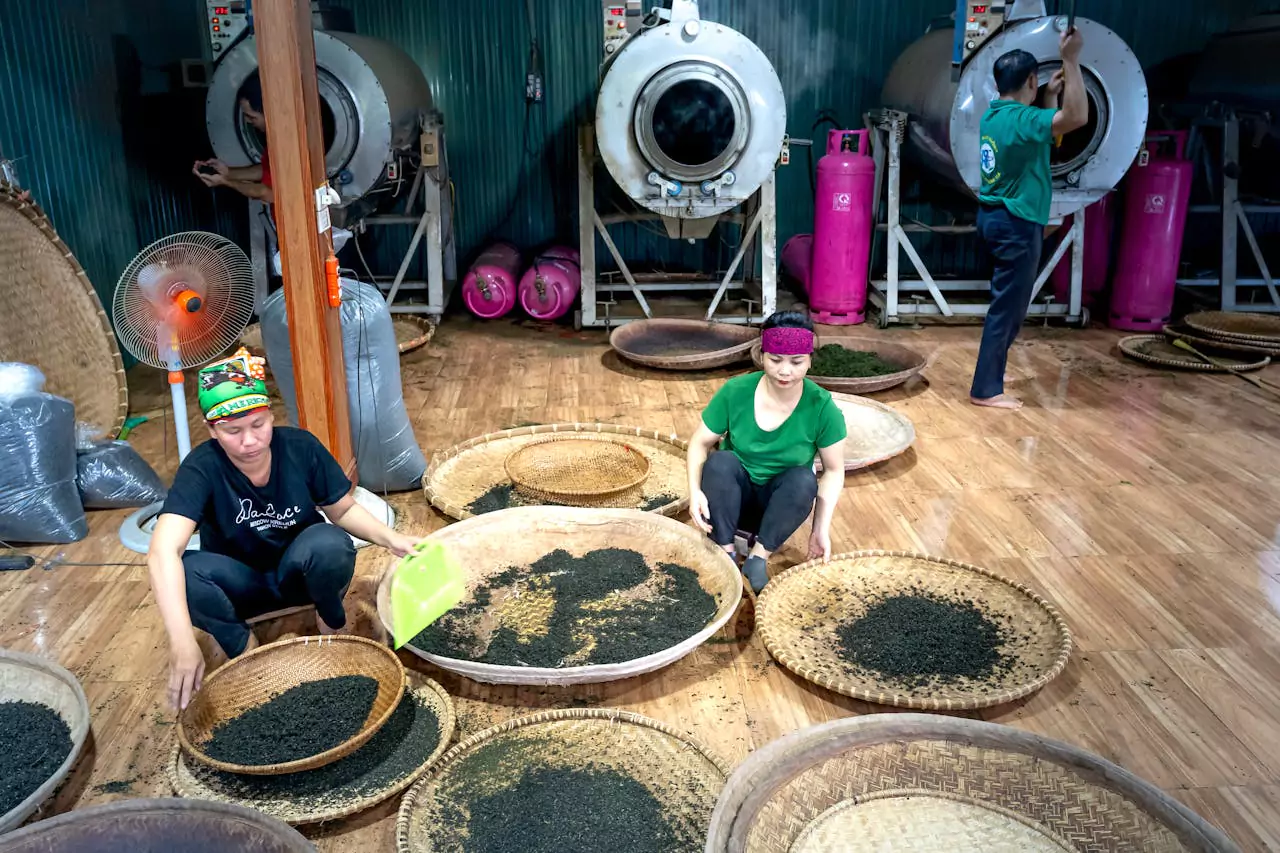
The Indian tea industry, a cornerstone of the country’s agricultural and economic landscape, continues to expand, with promising growth projections between 2025 and 2030. According to the latest report by ResearchAndMarkets.com, the industry was valued at INR 1.00 trillion in 2024 and is expected to reach INR 1.47 trillion by 2029, growing at a compound annual growth rate (CAGR) of 6.98% during this period.
India’s Position in the Global Tea Market
India is the world’s second-largest tea producer, renowned for its diverse tea varieties, including Assam, Darjeeling, and Nilgiri teas. The nation holds a dominant position in the global tea market, with tea being a crucial part of Indian culture, deeply embedded in daily life and social rituals. Beyond domestic consumption, India plays a vital role in global tea exports, supplying its tea to markets such as Russia, Iran, and the UAE.
However, the industry faces increasing competition from other tea-producing nations such as China, Sri Lanka, and Kenya. Despite these challenges, India’s tea sector continues to adapt by embracing premiumization, sustainability, and health-focused trends that cater to evolving consumer preferences.
Growth Drivers and Challenges
The Indian tea market is witnessing steady growth, primarily due to increasing domestic consumption and strong export potential. Several factors are driving this growth:
- Government Support: Initiatives like the Tea Development & Promotion Scheme (TDPS) are playing a significant role in modernizing tea estates and enhancing the global competitiveness of Indian tea.
- Health and Wellness Trends: Consumers are increasingly opting for healthier beverage choices, leading to a surge in demand for green tea, herbal tea, and organic varieties.
- E-commerce and Direct-to-Consumer (D2C) Models: Online platforms are making it easier for consumers to access premium and specialty teas, enabling small and mid-sized brands to establish themselves in the market.
- Tea Tourism: Destinations such as Assam and Darjeeling are becoming popular for tea tourism, where visitors experience tea tasting and learn about traditional tea-making processes.
- Sustainability Efforts: With climate change impacting tea production, industry players are increasingly adopting sustainable practices, such as organic farming and mechanization, to ensure long-term viability.
Despite these growth drivers, the industry faces several challenges that could impact its expansion:
- Rising Production Costs: Labor costs, fuel prices, and fertilizer expenses continue to increase, putting pressure on tea growers.
- Labor Migration: Many workers are leaving tea plantations for urban jobs, creating a labor shortage and affecting production efficiency.
- Climate Change: Unpredictable weather patterns, droughts, and excessive rainfall are reducing tea yields and affecting quality.
- Competition from Other Tea Producers: Countries like China, Sri Lanka, and Kenya are aggressively marketing their tea, making it crucial for India to differentiate itself with quality and branding.
Market Segmentation
The Indian tea industry is segmented into four key categories: black tea, green tea, herbal tea, and specialty teas.
- Black Tea: As of 2024, black tea dominated the market, accounting for 38.80% of the total sector. By 2030, it is projected to hold around 44.11% of the market. Black tea’s affordability, deep cultural significance, and strong domestic and export demand continue to drive its dominance. Assam and Darjeeling black teas remain the most sought-after varieties.
- Green Tea: Growing health awareness has led to an increased demand for green tea, particularly for its antioxidant properties. Major production regions include Assam and West Bengal, catering to both domestic and export markets.
- Herbal Tea: This segment is expanding rapidly due to rising consumer interest in wellness beverages. Ayurvedic ingredients such as tulsi, chamomile, and ashwagandha are being incorporated into herbal tea blends, further boosting its popularity.
- Specialty Teas: This premium segment includes organic tea, oolong tea, and white tea, targeting high-income consumers and international markets. Specialty teas are gaining traction among discerning tea drinkers looking for unique flavors and high-quality brews.
Emerging Trends in the Indian Tea Industry
Several notable trends are shaping the future of the Indian tea industry:
- Organic and Sustainable Tea Production: With growing consumer awareness regarding environmental impact, organic and sustainably produced teas are gaining popularity. Farmers and tea estates are increasingly adopting organic farming techniques and reducing pesticide use.
- E-commerce and Digital Marketing: Online tea sales are on the rise, allowing direct-to-consumer brands to flourish. Social media and digital marketing campaigns are playing a crucial role in reaching younger consumers and international buyers.
- Ready-to-Drink (RTD) Tea Beverages: The RTD tea segment is expanding rapidly, particularly among urban youth seeking convenient and health-oriented beverage options. Flavored iced teas and herbal-infused RTD teas are becoming mainstream.
- Premiumization and Artisanal Blends: Consumers are willing to pay a premium for high-quality and exclusive tea blends. Artisanal brands are introducing limited-edition teas with unique flavor profiles to attract niche markets.
- Tea Cafés and Experiential Consumption: The rise of tea cafés and boutique tea houses is transforming how people consume tea. These spaces offer curated tea experiences, pairing teas with gourmet foods and desserts.
- Innovations in Packaging: Companies are investing in eco-friendly and aesthetically appealing packaging to attract health-conscious and sustainability-focused consumers.
The Future of India’s Tea Industry (2025-2030)
Looking ahead, the Indian tea industry is poised for significant growth, supported by technological advancements, policy reforms, and evolving consumer preferences. Investments in research and development, mechanization, and sustainable farming practices will play a crucial role in ensuring long-term success.
With a strong cultural heritage, global recognition, and increasing demand for premium tea products, India’s tea industry has the potential to maintain its competitive edge. However, addressing labor challenges, production costs, and climate-related risks will be essential to achieving sustained growth. If industry stakeholders effectively navigate these challenges, India will continue to be a dominant player in the global tea market, catering to both traditional and modern tea consumers worldwide.





